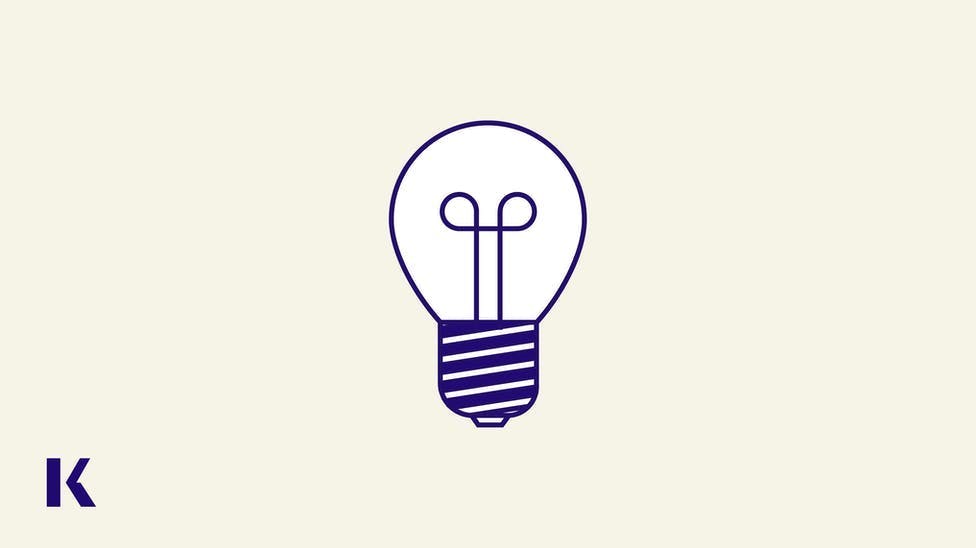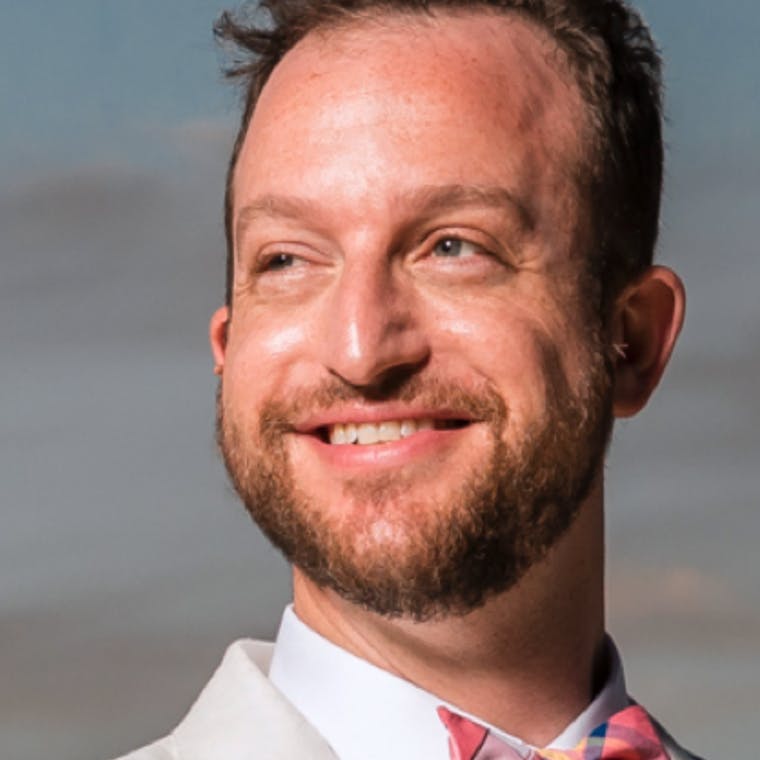Tailwinds and Supporting Diversity in Healthcare
by Elijah Schwartz, MSEd, MS, BCBA-candidate, Senior Learning Strategist, Kaplan North America | March 17, 2022

Imagine that you’re a passenger in a plane. At any point, there’s some extra amount of air pushing forward (tailwind) or against (headwind). It might not be clear to those in the seats―the take-off and landing may seem identical and the wind is invisible―but the plane certainly is affected. Everything else being “equal,” a plane needs more fuel to overcome the force of a headwind. You could even imagine headwinds so strong that the plane has to emergency land and never arrive at its intended destination.
It’s Not A New Analogy, But It’s A Great One
Where race is concerned in healthcare, these obstacles are not “invisible” at all, but intensely tangible and a part of daily hurdles. Only one out of six doctors identify as Asian heritage, and all remaining Person Of Color (POC) categories combined make up only one out of eight doctors. The story is even bleaker with regards to LGBTQ+, religion, ableness, or language(s) spoken. If you identify as White, try visualizing yourself in a foreign country and driving to seven or eight clinics, before finding a physician who matches your race.
What if you don’t have that kind of figurative―or literal―fuel, and your only primary care option is the race you least identify with? How would that impact your check-up? Will the doctor be biased against your culture and lived experiences? Could you imagine holding back some details from the nurse, because they won’t understand or believe you?
Now, suppose that this isn’t some hypothetical foreign country, but every visit to the clinic. Heck, every visit to someone in healthcare across the board. Time for that dentist appointment? Seven out of ten identify as White. Eyes acting up? Only one out of fifteen optometrists is a non-White, non-Asian, POC. There’s an argument that diversity is largely psychosocial; i.e. it’s a “comfort thing.” Sure, they say, it might feel like a better experience if the doctor looks like you, but that physician is still a professional who swore an oath to ensure your health and wellbeing. So, then why are people still experiencing disparities in healthcare?
Working With The Numbers
But digging further, even accounting for similar class backgrounds and incomes, approximately 40,000 more African Americans die each year compared to their White counterparts. Year over year, studies corroborate that this is not random, not attributable to something that only these patients acquire; the trend shows up across diseases, occupations, and genders. Whether that’s due to lower quality of care―or less intensive treatments―or other implicit biases, it’s significant and widespread.
As a thought experiment, try visualizing a foreign country where a White parent giving birth is twice as likely to die due to pregnancy-related causes than a local person of color. Surely, something about that scenario is concerning, and deserves investigation.
Well, the ratio is actually three times more likely―and it’s not by being White―it’s by being Black. And we’re not in a hypothetical country, that’s in the US. As a Black parent going into labor, how much could you trust the hospital system treating you? Would you believe that they’re really acting in your best interests? What would you have to say to justify to yourself that being Black (compared to being White) means three times as likely to not be there to raise your child? This is not even about great outcomes, or a speedy recovery postpartum―it’s about survival.
These aren’t merely standout examples. There continue to be tiny pinpricks of injustice (a recently interviewed surgeon, who only just stopped using bigger―and more painful―needles for Black patients because “their skin isn’t as delicate”). There have been open wounds of inhumanity (the Tuskegee syphilis study springs unforgivingly to mind). And while it’s laudable to want to solve this through petition or protest―to will things “equal” with a signature or sign―that naivety is sadly untenable. Hope alone doesn’t create a healthcare system that matches the demographics of the general population.
But, Surely, There Is Actually Hope
Candidly, it’s hard to steer out of the Bermuda Triangle of causes and effects, to map out what will provide the most support across education, policy, standards, and the like. It’s a prioritization nightmare. Where is the evidence-based data proving that we’re championing beneficence and not just “gaming” a faulty system? What parts of the process should be maintained or reinforced because they’re already working?
Abraham Wald, analyzing damage to returning WWI airplanes, famously recommended adding reinforcements only to the unscathed parts of the planes. The well-taken point is that whatever structure didn’t get hit should be further protected, as it probably held a necessary component. Those planes that never returned probably had that very component hit or destroyed. In terms of Healthcare education, the mission is to ensure that underrepresented communities have a route to achievement. Any viable path or component can―and should―be armored and augmented. Ideally, safeguards would be so good that they’d ensure that no one ever took any damage. And we do have proof that at least some stay in the air, complete the mission, and go on to the Healthcare career of their dreams.
However, Black men still make up less than 4% of medical school acceptance. Notwithstanding this low statistic, those who prevail don’t often make it into media, university pages, flyers, or public perception. When your friend says, “my cardiac surgeon,” there’s a (statistically strong) assumption that they’re talking about an older White male. But folks like Dr. Dale Okorodudu are changing that. Unsurprisingly, his mission aims to provide guidance, exposure, and mentorship.
Skeptics might scoff at inspirational videos of Black men in white coats as “merely propagandizing.” It’s not solving the educational gap, rampant gatekeeping, or institutional biases (at least not yet). But you don’t get adults of color in clinical roles without first having children of color with aspirations. They need to see themselves as capable of living in those roles; to see a reality that’s worth tenaciously striving for, headwinds or not.
Recognizing these struggles and empathizing with that lived reality is a necessary and relevant way to honor those who fly into these not-so-invisible gales. But a careful reader will recall that we began by comparing against tailwinds that boost forward. How can those better deliver parity? Where do they come from?
Access To Education Does Change Lives
Kaplan was founded on the principle that test preparation can open doors―regardless of background, birthright, or social status―for a lifetime of success. A student’s efforts should drive fulfillment of their goals, but Kaplan can lift those up with tireless dedication. When given equitable support, even in an imperfect system, everyone can triumph.
Initiatives already underway include school partnerships for graduate prep (currently, 30+ Historically Black Colleges and Universities), scholarships and financial support (nearly 30-million-dollars granted in 2020 alone), and active nonprofit charity work (Kaplan Educational Foundation, 501(c)3). The Kaplan Leadership Program transfers low-income students of Black, Latinx and Native American heritage from community colleges to top four-year universities, preparing them to assume leadership roles in their professions and communities. Every student deserves the chance to trailblaze their future.
This isn’t something that checks off a Diversity, Equity, Inclusion (DEI) box―it’s baked into key objectives and results at all levels. Andrew La Voy, SVP of Kaplan Healthcare, nimbly shepherds this forward: “Every quarter, I expect my team to execute on at least one new initiative that empowers greater access to healthcare careers for underrepresented populations.” When pressed for what drives that passion, he advocates that: “We have an opportunity to shape the healthcare workforce of tomorrow into one that is ever more prepared to meet the changing and diverse patient population that we see today―that’s not an opportunity that we take lightly.”
Active work, by compassionate people, can make a difference. Heck, the initiatives this month―or even this year—won’t create a tailwind for every deserving individual. But, if we stay focused on incrementally improving the process, we can add that extra fuel, pack on more armor, and uplift these routes to victory and the healthcare heroes who fly them.
Have questions about medical school or the MCAT? Learn more about how Kaplan can help with Dental prep. Looking for Optometry? We can also support your USMLE or NCLEX prep.

Eli Schwartz has been a thought-leader in the Learning Experience space for nearly two decades. Having migrated from training & development, through instruction & curriculum, he presently advises senior leadership on educational best-practices. Schwartz's strongest insights often come in the form of paradigm-shifting conversations around the value of online instruction and how to best implement collaborative learning events.
